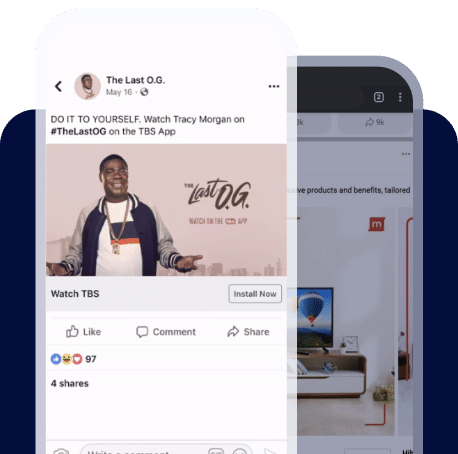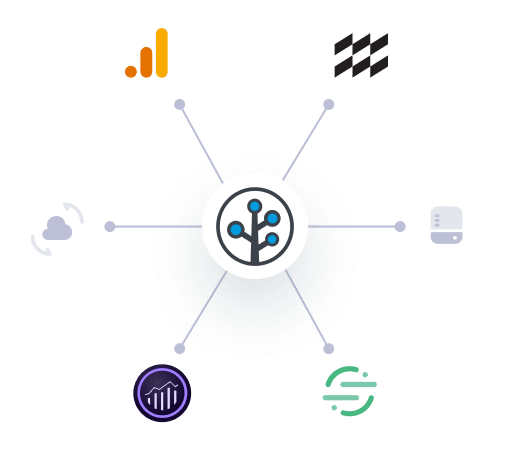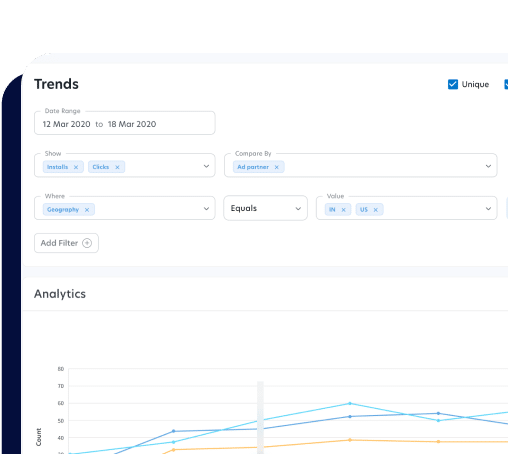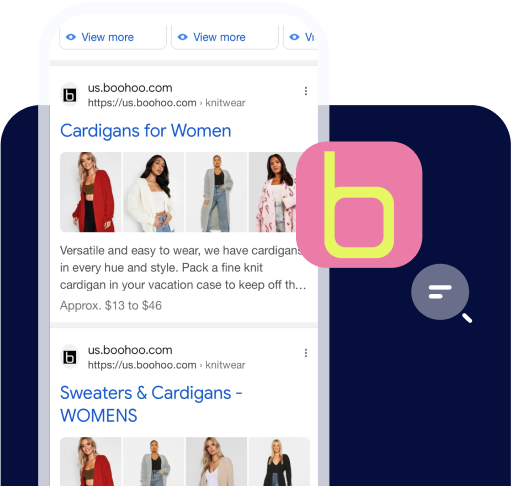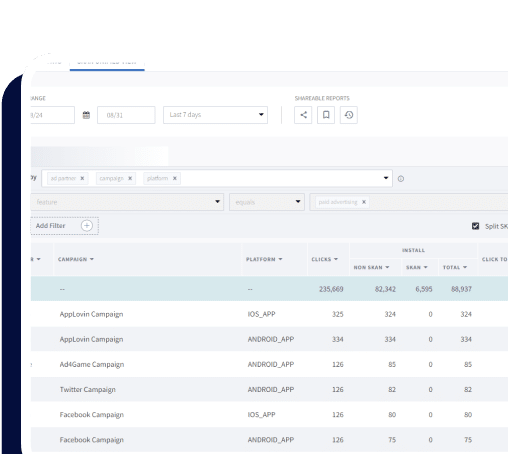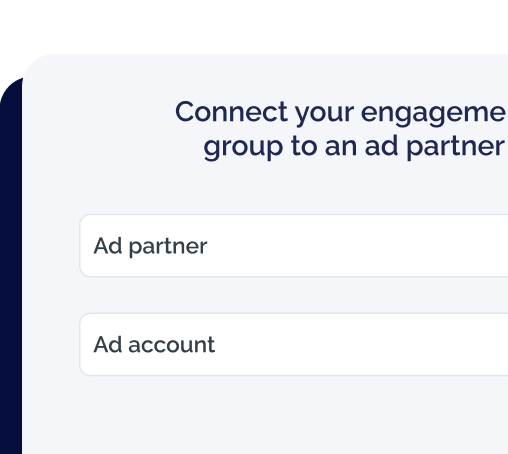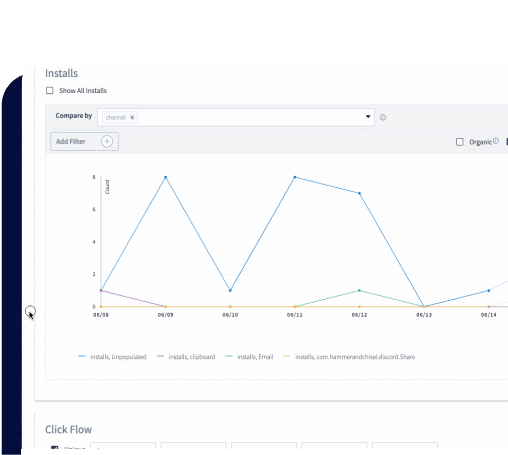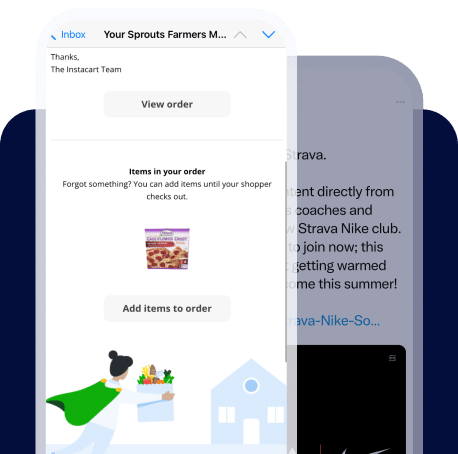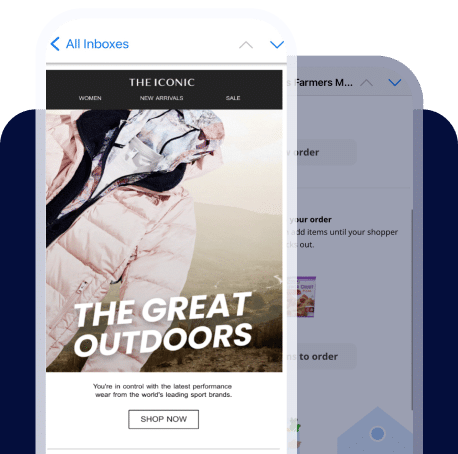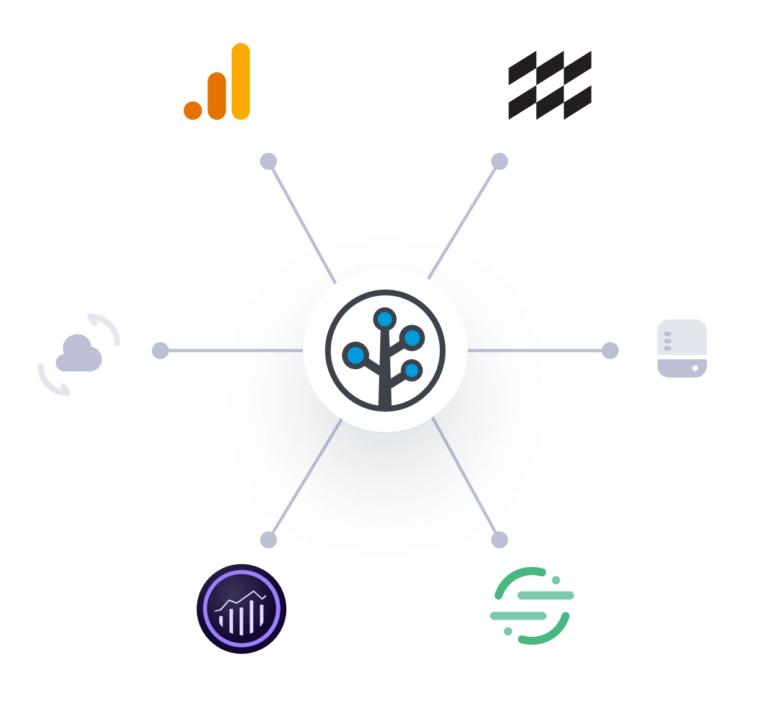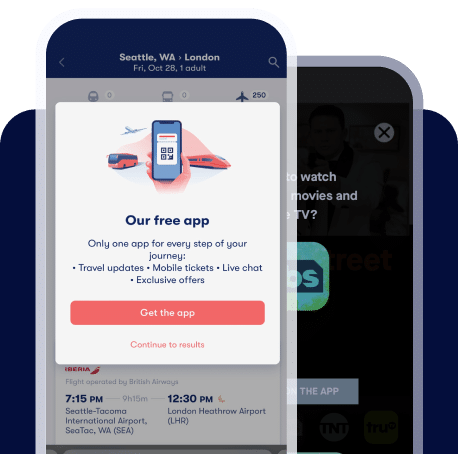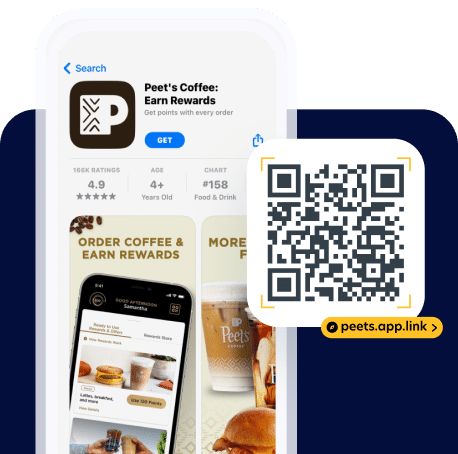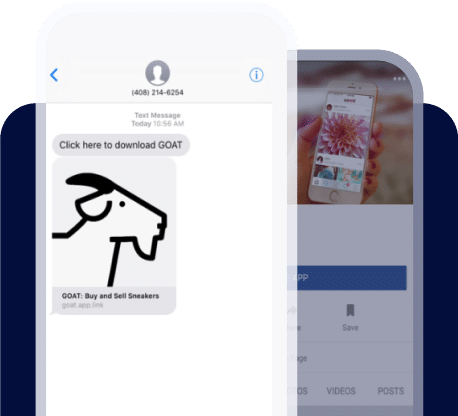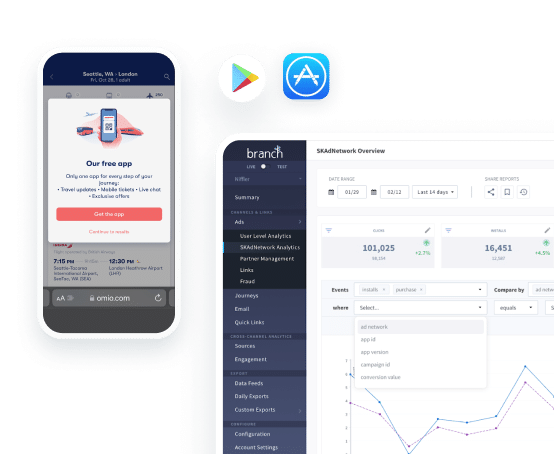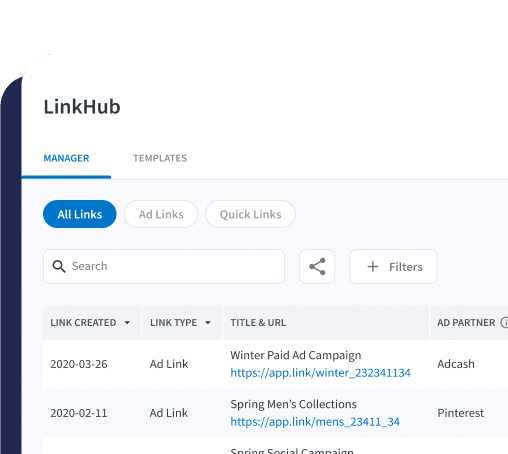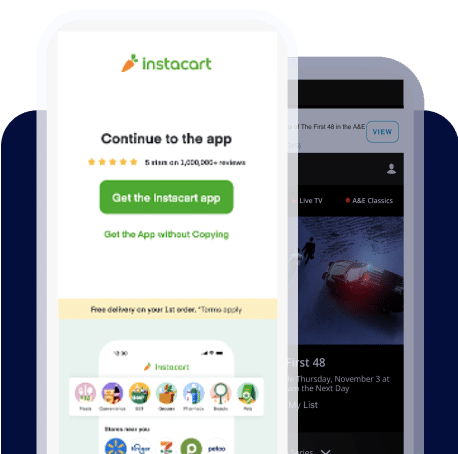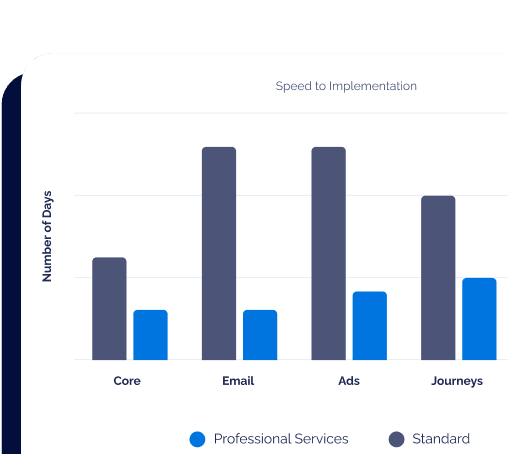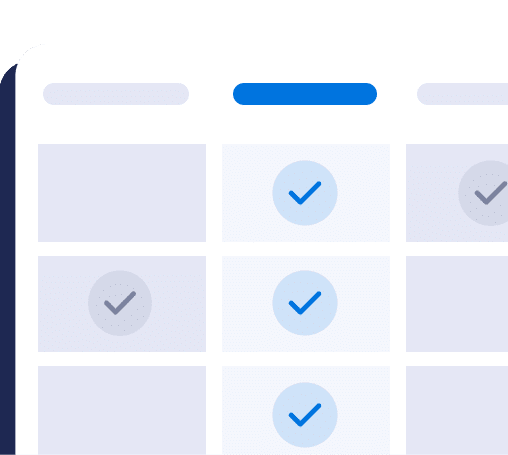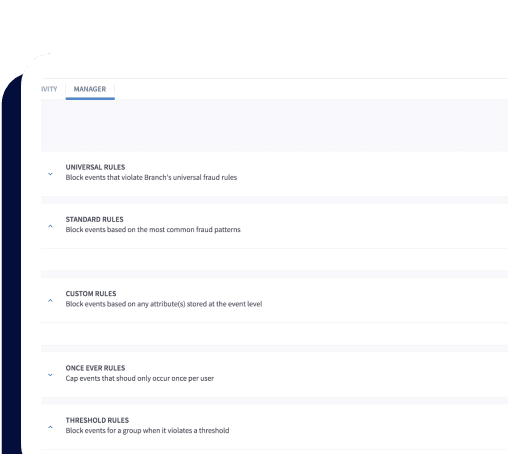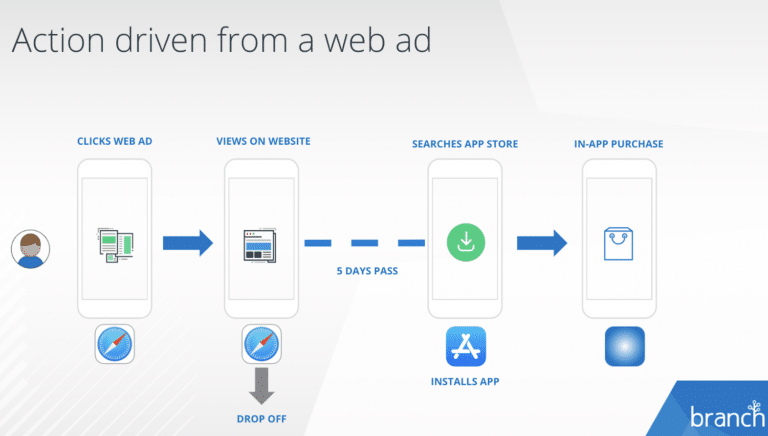Every mobile marketer has numbers to hit – and app installs is one of the most critical metrics every quarter.
The challenge: Apps aren’t cheap to build, and driving high-quality app installs once you have an app isn’t easy. With the ever-increasing costs, an app install campaign that doesn’t drive action and ROI will hurt the bottom line.
Before we dive into the cost of paid campaigns, let’s look at the average investment of time and money in an app. First, the costs:
- For a smaller, less complex app, the cost can range between $50,000 and $100,000, according to SavvyApps.
- For an enterprise-level app with more complex features and functionality, building an app can cost between $500,000 to $1,000,000, according to SavvyApps
- For a more thorough look at costs, and how much apps cost to build, CodeMentor has an awesome breakdown of developer costs based on app complexity.
Now, let’s take a look at the amount of time it takes to properly concept, design, build and QA an app (estimates courtesy of StartupGrind’s blog):
- Small App (Low Level of Complexity: Sign-Up, Log-In, Newsfeed, etc.): 10-12 Weeks
- Medium App (Medium Level of Complexity: Sharing and Photo Upload Enabled, Video Capability, Location Sharing): 23-25 Weeks
- Large App (High-Level of Complexity: Messaging, Chatting, In-App Filters and Photo Editing, Advanced Photo Upload Settings): 35-38 Weeks
Once you’ve invested this much time and energy into building an app, you’ll need to drive installs if you’re going to generate revenue. (We’ve seen three stages of mobile growth for for enterprise companies, which you can read more about from Branch co-founder Mada Seghete.)
Without a solid strategy to drive both installs and engagement, the time and money invested in building your app might as well be set on fire.
But paid install campaigns aren’t cheap either.
Let’s take a look at the numbers, according to Branch via eMarketer:
- On average, globally, it costs marketers $4.08 to get a user to install an app
- To get a user to install the app and make an in-app purchase, it costs around $74.93
(For a deeper look at cost-per-install, and why these campaigns are worth it, GrowthBug has a nice breakdown of the calculations.)
But those investments in paid ads can pay off, as long as you’re developing install campaigns properly.
So how can you create an app install campaign that generates installs and revenue? We’ve got you covered.
The Three Traits of an Effective App Install Campaign
With so many different channels and platforms available, it can be hard to know where to begin – and how to optimize your efforts once your campaigns are under way.
While working with the world’s top 200 apps, we’ve found the most effective app install campaigns have a few key traits. The best campaigns:
- Display consistent messaging and creative across the user journey from ad to install
- Drive users into the app seamlessly, retaining the context of their journey
- Can be accurately attributed across the entire user journey – not just the last click
The Five Steps to a Perfect App Install Campaign
So let’s take a look at how you can build the perfect install campaign for your app.
Step 1: Understand your users
No paid ad campaign can succeed without a deep understanding of your users, their pain points, and their preferred channels.
However, ask a few key questions to develop user personas for your paid ads. Here’s an example of questions you might ask for an ecommerce app:
- Who are my key users and buyers? (Gender, age, location, and average spend are all good places to start)
- What channels do they use the most often? (Search, social, email?)
- Which targeted incentives would encourage each persona to install my app and convert? (Discounts, free shipping, reward points?)
Of course, with more users on mobile than ever, according to Statista, you’ll want to be sure to take a smartphone-first approach for every persona.
Step 2: Choose your channels
Your next consideration should be channel-choice, because your paid ad results will depend on effectively targeting users when and where they’re looking for your solution.
A few of your best options:
- Display Advertising: One of the most popular types of paid promotion, display ads leverage image and text to drive users to complete an action (app install, conversion, etc.) These ads can take a few forms, including banners, landing pages, and pop-ups. While they aren’t searchable, display ads are a core part of an effective app install campaign – and, when implemented correctly, they can be incredibly effective at driving mobile web traffic into an app.
- Paid Search Advertising: With Google reporting the average user makes 3-4 searches per day — and that the search engine behemoth generated $5.24 billion in U.S. digital display ad revenue in 2017 alone — there’s good reason to keep paid search ads in your mix. Paid search ads capture users by placing brands in top placement positions once a search query has been entered. Again, a mobile-first approach to these ads will benefit you: More than 60% of searches are now completed on a mobile phone, according to Search Engine Land.
- Social Ads: There are more options than ever when it comes to social advertising, from paid ads on Facebook to sponsored Instagram ads to Snapchat stories. Here, your buying personas will matter more than ever: Certain users are more likely to watch a Snapchat story, while other target demographics are more likely to use Facebook.
Once you’ve identified your key buyers and which channels they’re most likely to use, the next step is to assemble your creative. (No matter which paid advertising mix you choose, you’ll want to make sure you can effectively deep link into your app from every channel. We’ll get to that in Step 4.)
Step 3: Develop personalized creative for target personas
No ad will be effective without a deep understanding of your end users – and why they should install your app.
Determine your top key buying personas, and ensure you are targeting them effectively with personalized messaging across your paid ads.
Example: Let’s say you’re a large e-commerce app targeting women, men, and teens with discounts on clothing.
A few ways you might personalize your ads:
- Feature specific products that appeal to each persona type
- Use headlines and CTAs to address persona types specifically
- Geo-locate your creative to respond to user locations (WordStream’s Nic D’Amato increased click-throughs and conversions by for POPYacht during a slow season by simply leveraging location in the brand’s paid ad strategy.
It also helps to factor in both the context and channel your user will be interacting with your ad in.
Example: Some of your users on Facebook might favor a boosted post rather than a direct ad, whereas users on Instagram are more likely be drawn to splashy photos or videos that lead to an install and conversion.
Step 4: Make sure you’re deep linking effectively
No matter which paid channels you add to your mix for your campaign, if you can’t ensure users are being seamlessly deep linked to your app, your campaign has failed before it’s gotten off the ground.
Without effective deep linking, users who engage with any of your paid ads will receive a broken experience – and that will tank the installs and conversions you’re searching to improve.
Example: A user on a mobile device clicks a display ad promoting an app install. Upon click, the user is driven to the brand’s mobile website – rather than directly to the appropriate app page within the app store to begin a download.
This broken experience is more likely to result in a bounce than an install and conversion – and can really hurt the overall performance of your paid ads.
Step 5: Re-target and re-engage
Let’s say, in an ideal world, you’re using Branch, and your users are effectively being deep linked into your app from your paid ads. Let’s even go so far as to say they make an initial conversion.
Your job isn’t done yet. In fact, it’s only beginning.
Re-targeting and re-engaging users who already have your app installed is a more cost-effective way to drive revenue than acquiring new users.
According to App Annie, the average user has more than 100 apps on their phone, but tend to use the same 3-4 apps daily.
That means once you acquire a user, it’s critical to create a retention strategy that drives them back into your app.
Let’s take a look at how that can be done effectively.
Checkout 51, a leading rebate app that offers users great deals and cashback rewards for grocery shopping, realized its paid ads were becoming more expensive – and the company needed to drive higher ROI from that channel.
Checkout 51 was already re-targeting those users – but the company wasn’t able to effectively deep link from paid ads directly into its app.
The result: A subpar user experience, which led to between 30,000 and 40,000 users dropping off each week.
Using Branch’s Universal Ads, Checkout 51 created a retargeting strategy specifically serving ads to users who already had its app installed. The ads encouraged them to engage with Checkout 51 again, and the ability to deep link into the app directly from those ads had a huge impact.
Checkout 51 drove a 93% click-to-open rate as a result, and a 10% increase in conversions. (You can read the Checkout 51 Case Study to find out more).
Bottom line: Re-targeting and re-engaging users effectively with deep-linked paid ads can pay huge dividends.
Step 6: Make sure you can accurately attribute paid ad performance
No matter which paid channels you add to your mix for your campaign, if you can’t accurately attribute performance from every install — beyond last-click — you’ll never understand the true power of your ads, or the best places to invest your marketing spend.
Ad attribution must be cross-platform, cross-channel, and not based on fingerprinting. Almost every attribution provider in the mobile space relies on fingerprinting for attribution.
But fingerprinting technology depends upon matching click properties before and after a native app install. This can create reliability issues based on the fact that OS, OS version, and device models are not universally applicable, and fingerprinting primarily relies upon a user’s IP address.
The consequence is that fingerprinting has a tendency to break on large public or corporate networks, where many users may be clicking and installing simultaneously. It will also break in scenarios where users are connecting and/or disconnecting from wifi and changing their IP address.
As a result, fingerprinting accuracy tends to reside in the 60-70% range.
To truly uncover the impact of your paid ad spending, you need an attribution provider that can go beyond fingerprinting and last-click attribution.
Branch’s attribution dramatically improves the accuracy of your attribution without relying on fingerprinting – in most cases, People-Based Attribution is more than 90% accurate.
But let’s look at how that plays out from a paid ad on the mobile web, for instance.
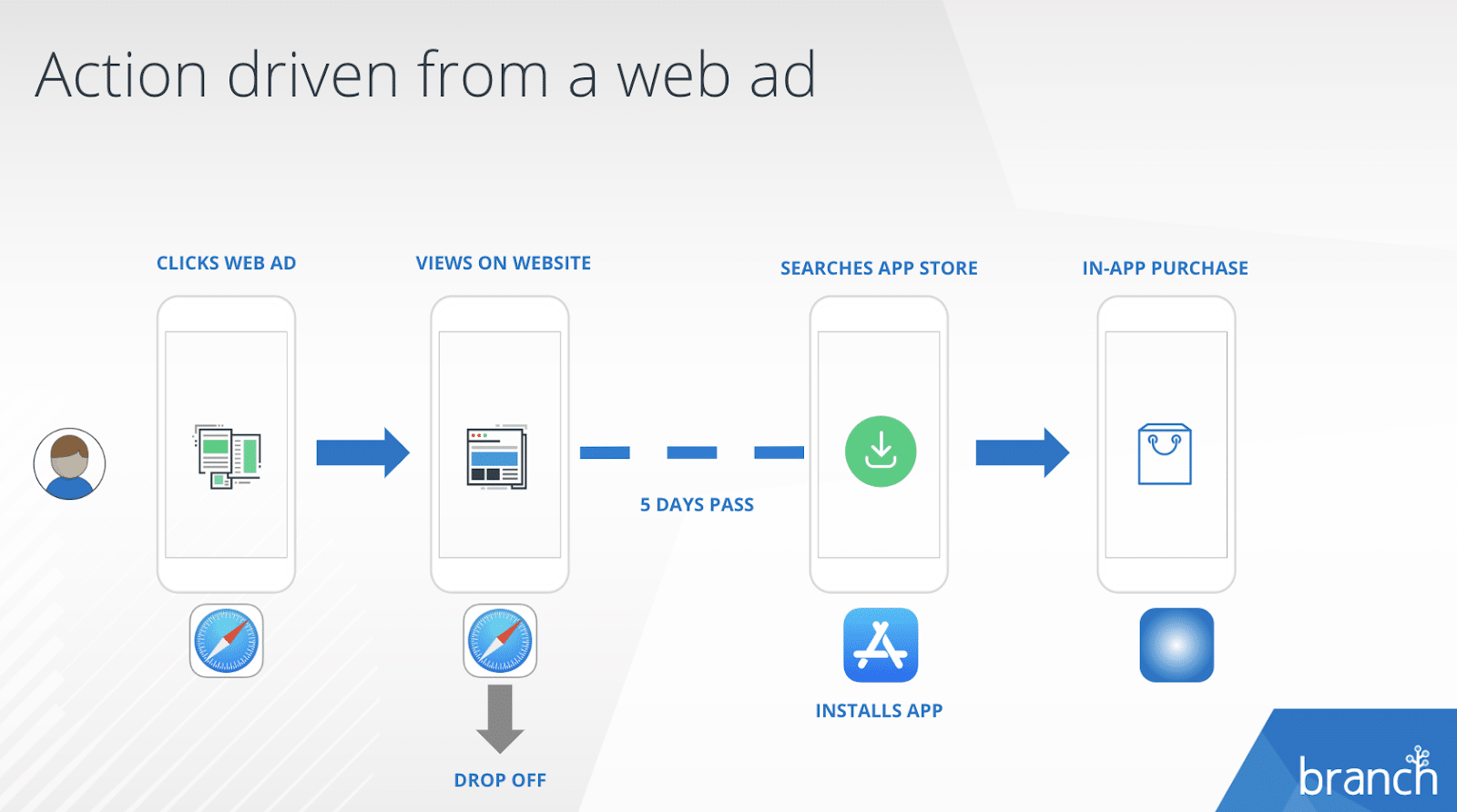
User flows like the one pictured above are complicated. Here, a user is interacting with a brand across multiple touch points, including a mobile web ad, the mobile website, then an eventual app download and purchase.
But thanks to Branch’s attribution, Branch can accurately attribute this install and conversion to its true source: A paid ad the user clicked on many days prior to install and purchase.
Of course, in a world of mobile ad fraud, you’ll want to be careful to work with a provider that ensures your budget is protected from fraudsters and your ads are actually performing. As a leader in mobile fraud protection, we have you covered there as well.
Are you ready to drive more revenue and more accurate attribution from your paid ads?
Contact our sales team to find out more about Branch’s Universal Ads and attribution today, and you’ll ensure every app install campaign you run drives results.

